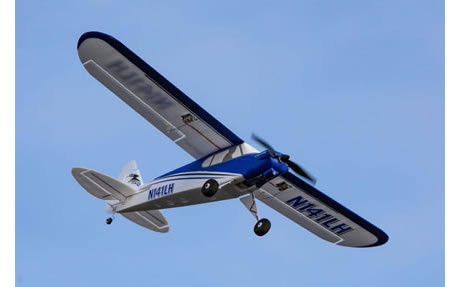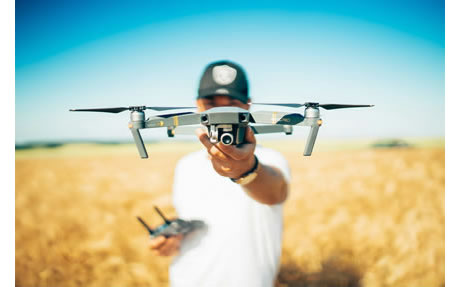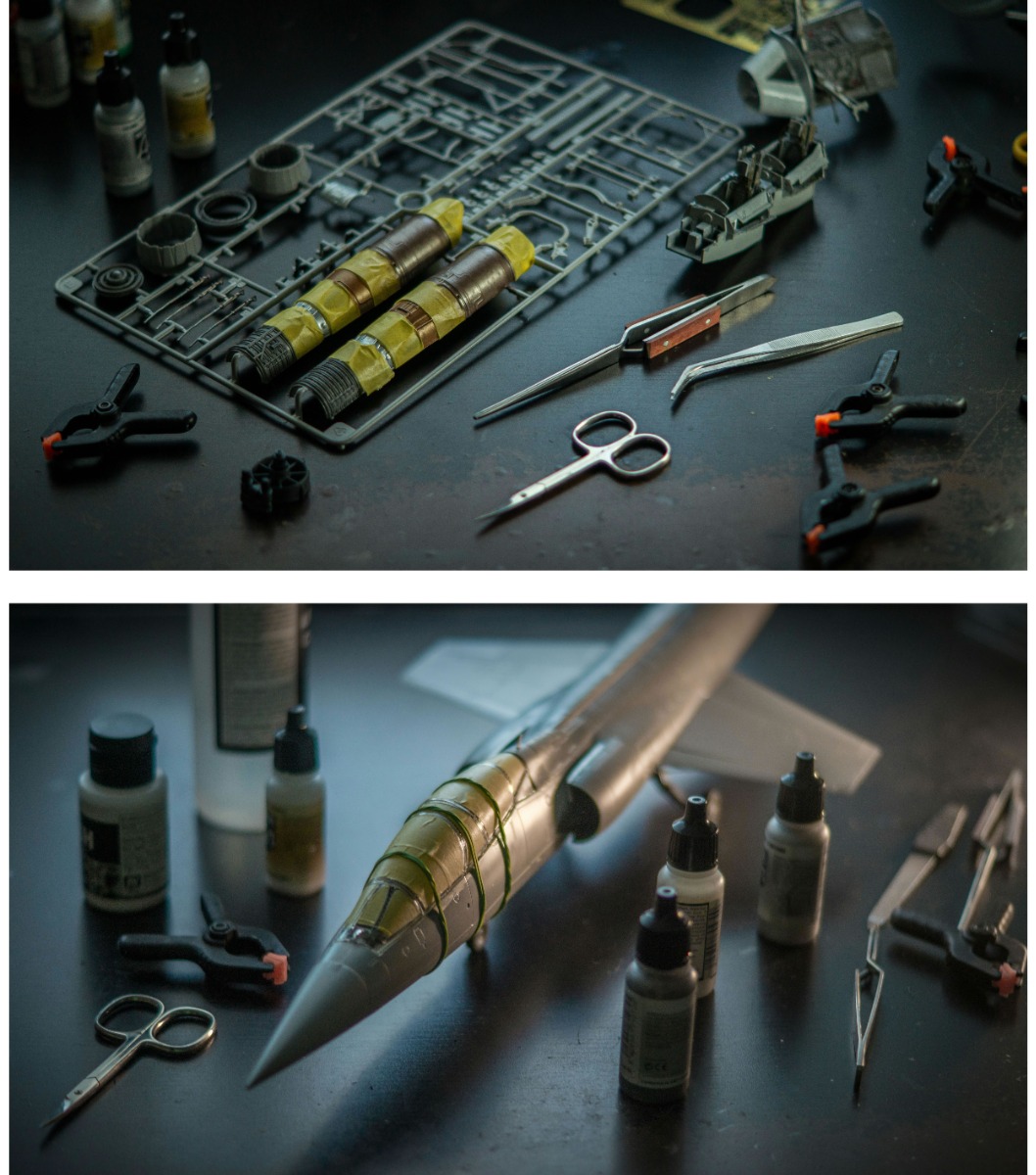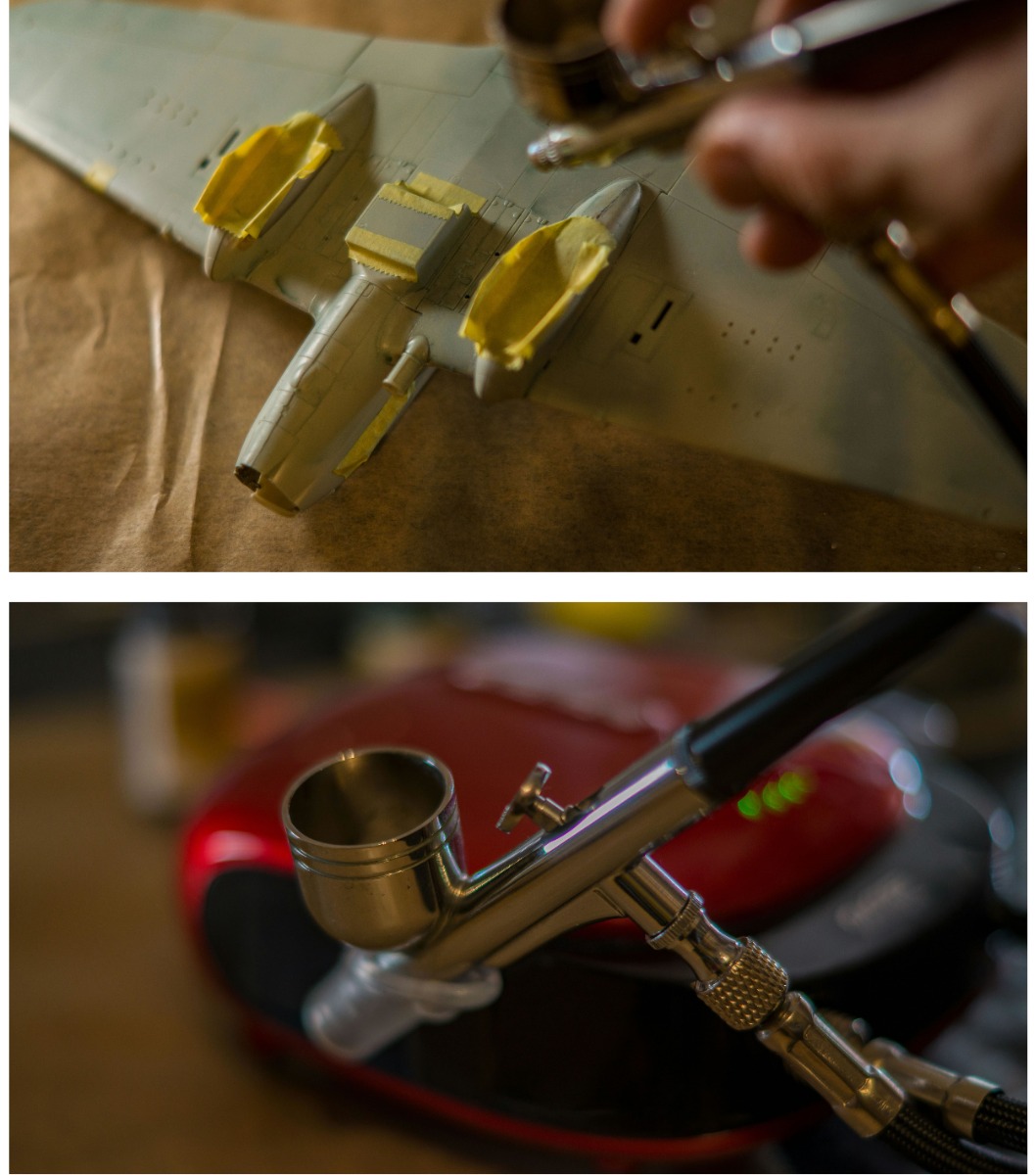Hobby 2000 1/35 Sherman Vc 'Firefly' Polish 1st Armoured Division # 35008
Hobby 2000 1/35 Sherman Vc 'Firefly' Polish 1st Armoured Division # 35008
Rye Field Models + Cartograf
The Sherman Vc "Firefly" was a formidable tank that played a crucial role in the Allied forces' efforts during World War II.
Renowned for its potent anti-tank capabilities, the Firefly was a variant of the British Sherman tank equipped with a powerful 17-pounder gun.
This modification allowed it to effectively engage and destroy German heavy tanks, such as the Panther and Tiger.
Historical Context
The Polish 1st Armoured Division, under the command of General Stanisław Maczek, was an integral part of the Allied forces during the liberation of Western Europe. Formed in Scotland in 1942, the division was composed of Polish soldiers who had escaped occupied Poland and other parts of Europe. The division was well-trained and equipped with British and American weapons and vehicles, including the Sherman Vc Firefly. The Polish 1st Armoured Division saw extensive action from the Normandy invasion in 1944 through the end of the war in Europe in 1945.
Design and Features
17-pounder Gun: The defining feature of the Sherman Vc Firefly was its 17-pounder (76.2 mm) anti-tank gun. This gun had a significantly higher muzzle velocity compared to the standard 75 mm gun of the Sherman, allowing it to penetrate the thick armour of German tanks at longer ranges.
Tank Design: The Firefly was based on the M4 Sherman chassis, specifically the Sherman V model (M4A4). It retained the reliable and robust design of the Sherman series but was modified to accommodate the larger 17-pounder gun. This required adjustments to the turret and the addition of a counterweight to balance the longer barrel.
Crew and Ergonomics: The Firefly was operated by a crew of four: commander, gunner, loader, and driver. Despite the cramped conditions due to the modifications, the Firefly's crew could operate effectively thanks to rigorous training and the tank’s relatively straightforward controls.
Armour and Protection: The Firefly had armour protection typical of the Sherman series, with additional applique armour in some cases to enhance survivability. While its armour was not as thick as that of the German heavy tanks, the Firefly's primary strength lay in its offensive capabilities.
Operational History
The Polish 1st Armoured Division first saw action with the Sherman Vc Firefly during the Normandy Campaign following the D-Day landings in June 1944. The Firefly's ability to engage and destroy German tanks at range proved invaluable in the bocage country of Normandy, where direct tank engagements were frequent.
The division played a key role in several major operations, including the Battle of Falaise Pocket, where it helped encircle and destroy a significant portion of the German Army. The Firefly's superior firepower was crucial in these encounters, allowing the Polish forces to take on heavily armoured German vehicles effectively.
Following the Normandy Campaign, the Polish 1st Armoured Division continued to advance through France, Belgium, and into the Netherlands, participating in operations such as Market Garden. The Firefly remained a critical asset in these engagements, providing the necessary firepower to counter German armour and fortifications.
Legacy
The Sherman Vc Firefly of the Polish 1st Armoured Division is remembered for its significant contributions to the Allied victory in Europe. The combination of Polish bravery and the Firefly's formidable capabilities helped secure several critical victories against the Axis powers. The division's actions not only demonstrated the effectiveness of the Firefly but also highlighted the important role of the Polish forces in the liberation of Europe.
The legacy of the Sherman Vc Firefly and the Polish 1st Armoured Division is commemorated in numerous memorials and museums, celebrating their contributions to the defeat of Nazi Germany and the restoration of peace in Europe.

























 Spread the cost with Paypal Credit
Spread the cost with Paypal Credit
 Spread the cost with Klarna
Spread the cost with Klarna












